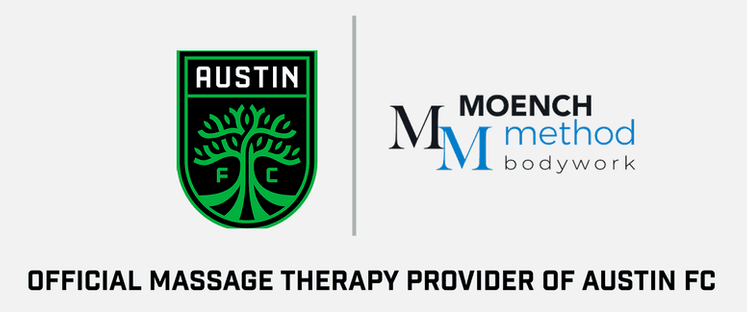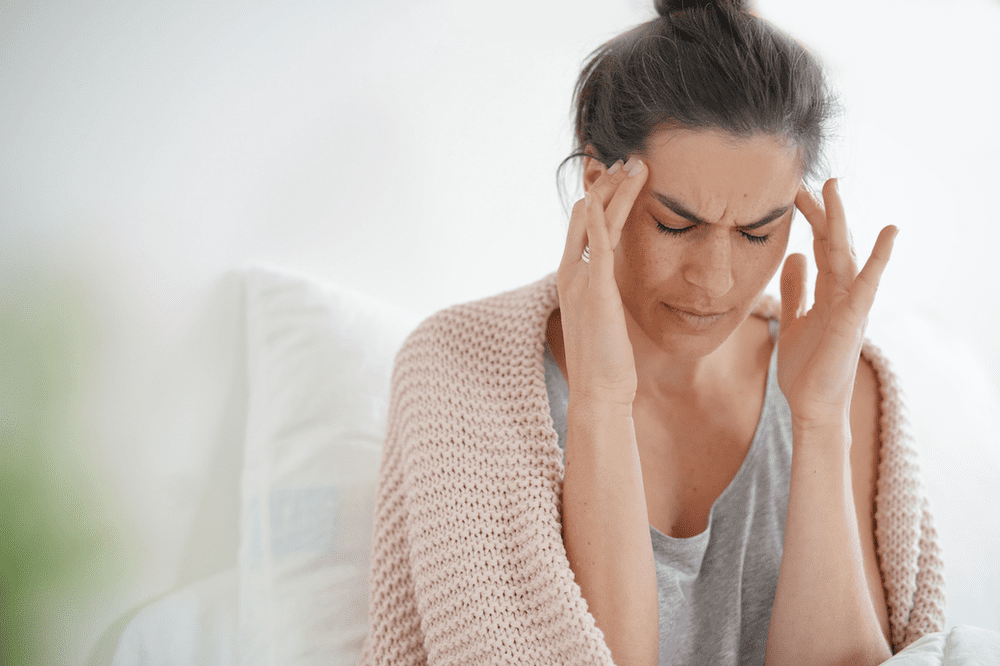Cluster Headaches are series of painful and throbbing headaches that usually occur in one side of the head and can be felt around one eye. This pain’s intensity reaches its maximum in 10 minutes, but unlike migraines, it doesn’t last long. If you are suffering from cluster headaches, you will experience a stroke of pain without warning that can last up to three hours.
In the phase of cluster headaches, some people may experience a headache every day, and some might just go through it several times a day. The frequency of these headaches differs from person to person. People face extreme pain during the cycle of cluster headaches, and the pain can switch to the other side when a new headache begins, but the chances are relatively low. Usually, Cluster Headaches can occur at any age, but it is more common between adolescence and middle-aged people.
What Are Cluster Headache Symptoms?
You will experience continuous pain that feels sharp, burning, and stabbing. The pain begins behind or around your eye and radiates to the same side of the head. This pain can also affect your face, neck, and even your shoulder muscles.
Some common symptoms of cluster headaches include:
- Redness
- Swelling
- Restlessness
- Pale skin
- Runny or blocked nose
- Facial Sweating
- Teary eye
- Red-eye
- Discomfort or a mild burning feeling
- Sensitivity to light.
What Causes Cluster Headaches?
The leading cause of cluster headaches is the dilation of the blood vessels responsible for supplying blood to your brain. This contraction of blood vessels applies intense pressure to the trigemi
nal nerve that transmits sensations from your face to the brain. The reason for this dilation of blood vessels is still unknown.
Some other causes of cluster headaches are:
- Abnormalities in the hypothalamus (a small region of the brain that’s located at the base of the brain, near the pituitary gland)
- Blood pressure
- Improper sleep
- Release of hormones
- A sudden release of the chemical histamine
- Smoking and drinking
Cluster Headache Treatments
- Stop consuming alcohol when you are experiencing headaches.
- Avoid medication that contains nitroglycerin, as it can cause dilation of blood vessels.
- Avoid working out in hot weather as it can trigger headaches.
- Try to maintain a stable body temperature.
- People who smoke are at high risk of experiencing cluster headaches, try to avoid smoking.
- Try to adopt a regular sleep pattern.
- Inhaling pure oxygen through a mask for 15 to 20 minutes can relieve the pain.
- Massage therapy can help relieve you of cluster headache pain and reduce the chances of reoccurring.
Cluster Headaches vs. Migraines
There are more similarities than differences between cluster and migraine headaches, but they are distinguishable by symptoms in terms of the duration, occurrence, and the area they affect. A cluster headache lasts anywhere between 15 minutes to 3 hours, whereas a migraine can last for a whole day.
People can predict migraine because of its warning signs like flashing/zigzag lines or temporary loss of vision. In comparison, cluster headaches appear suddenly with a sensation like a knife piercing your eye!
People experience migraines in different locations like one side of the head, behind the eye, and in the head’s back or front. On the other hand, Cluster headaches involve one side of the head only, from where it radiates to different parts of the face.
People suffering from cluster headaches can’t lie down and relax, but in migraines, it is preferred to rest in a quiet room.
Wondering If We Can Help Eliminate Your Cluster Headaches?
Give us a call at (512) 244-6241 and one of our trained massage therapists will reach out to you! Book an appointment with us today.
We’ve treated thousands of people with our massage therapy treatments all across the Greater Austin area in cities like West Lake Hills, Bee Cave, Lakeway, Lake Travis, and more!

